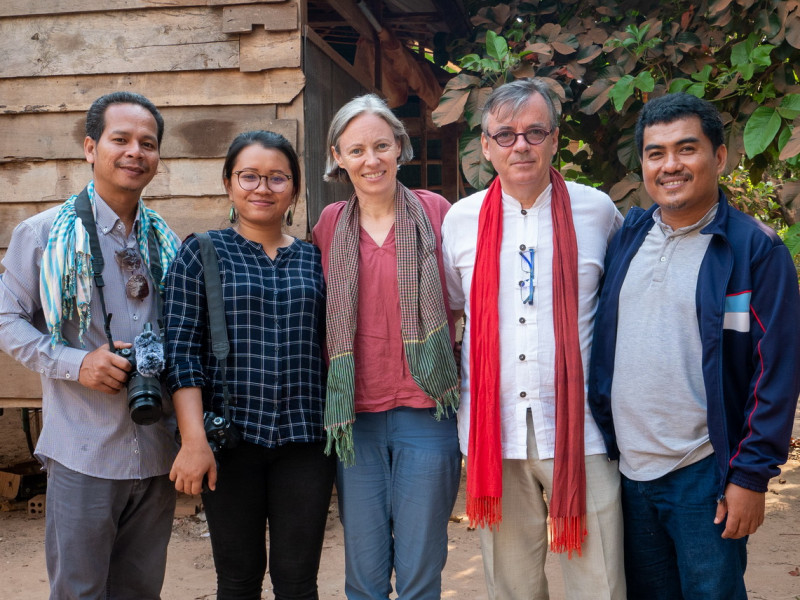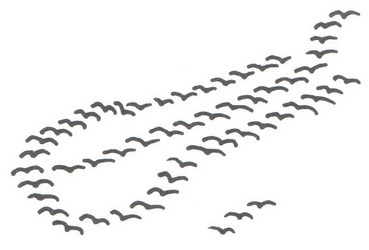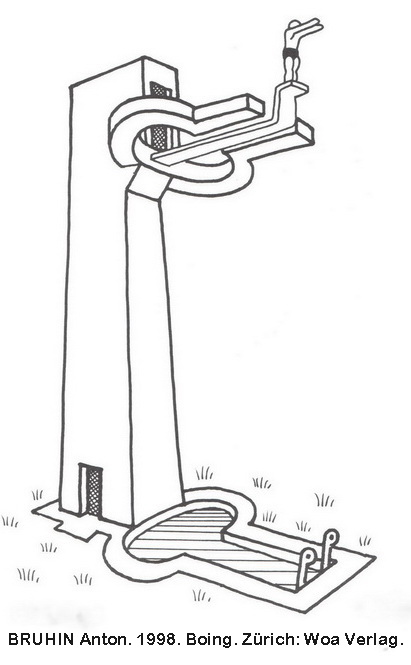The project team (left to right): Thon Dika (Videographer), Say Tola (Research Assistant) Dr Catherine Grant (Project Leader), Song Seng (Project Collaborator), Patrick Kersale (Project Collaborator). Photo: Mith Narong. 11 January 2020.
New British Museum project documents Jew’s harp in Cambodia
The new Endangered Material Knowledge Program of the British Museum has funded a year-long project (Oct 2019-Sept 2020) to document angkuoch, the Cambodian Jew’s harp. The process of making the angkuoch has never before been documented in depth.
The project is being led by ethnomusicologist Dr Catherine Grant (Griffith University, Australia), with team members Seng Song and Patrick Kersale from Cambodian Living Arts.
In Cambodia, angkuoch are found in several provinces both among the majority Khmer people and some ethnic minorities. Before the Khmer Rouge era (1975-1979), playing and enjoying angkuoch was a popular local pastime in village communities. However, angkuoch is now highly endangered both as an instrument and as a performance practice.
Traditional social functions for playing angkuoch include as a rural pastime, as a way for young men to communicate and flirt with young women, and to accompany simple folk songs. Players and makers of angkuoch are typically men, though there appear to be no cultural restrictions on women playing or making the instruments.
There are at least three types of Cambodian angkuoch: one of bamboo (angkuoch russey), one of metal (angkuoch daek), and one that is stringed (angkuoch ksae). It is unclear whether there are any living instrument-makers who know how to produce angkuoch ksae.
Angkuoch russey is sometimes still found in village contexts, and is also produced as souvenirs for tourists.
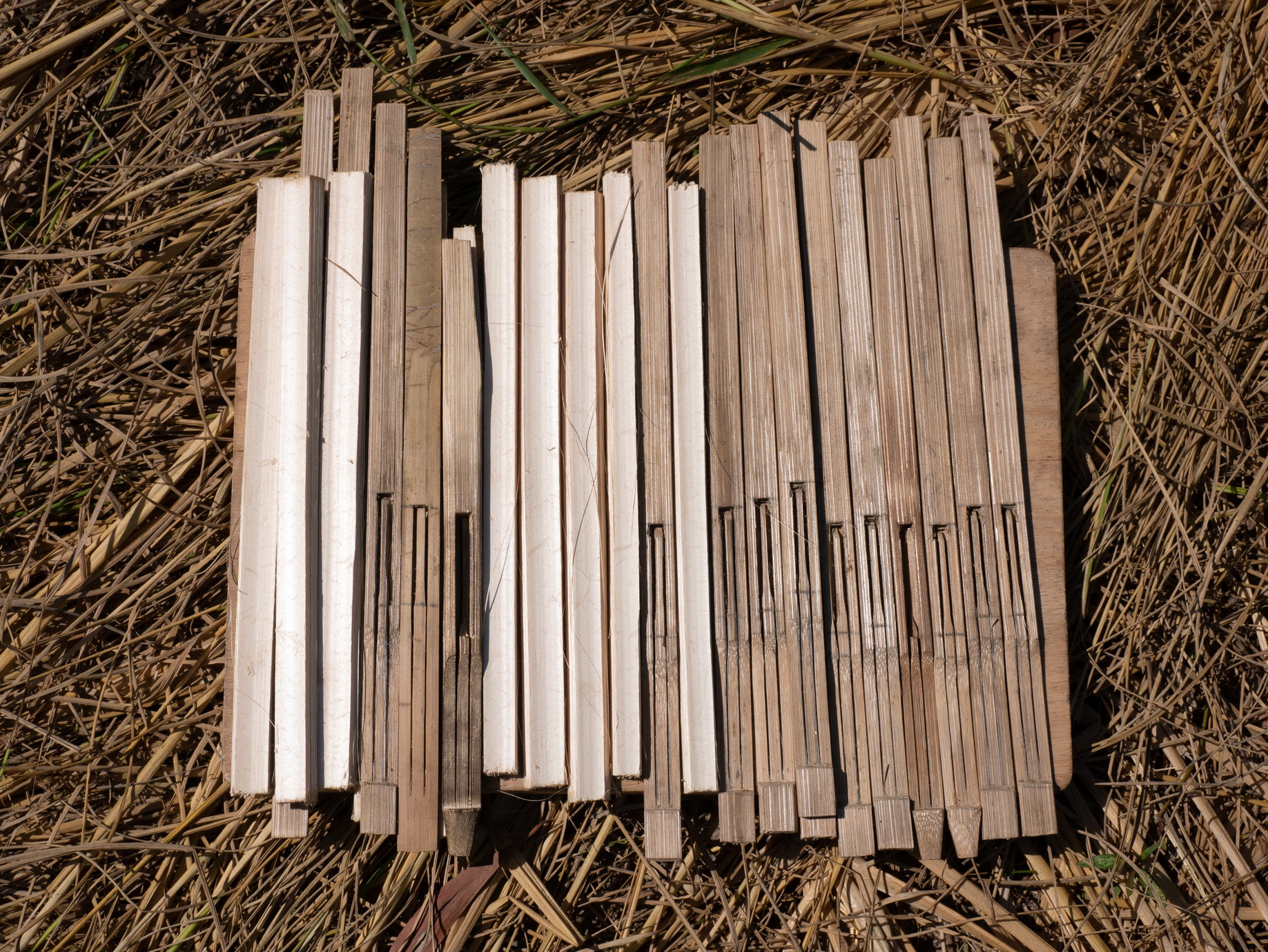 CHI Monivong’s unfinished Angkuoch Russey instruments (bamboo Jew’s harps), laid out for drying in the sun. Photo: Catherine Grant, 6 January 2020.
CHI Monivong’s unfinished Angkuoch Russey instruments (bamboo Jew’s harps), laid out for drying in the sun. Photo: Catherine Grant, 6 January 2020.
Angkuoch daek is almost non-existent in contemporary public life.
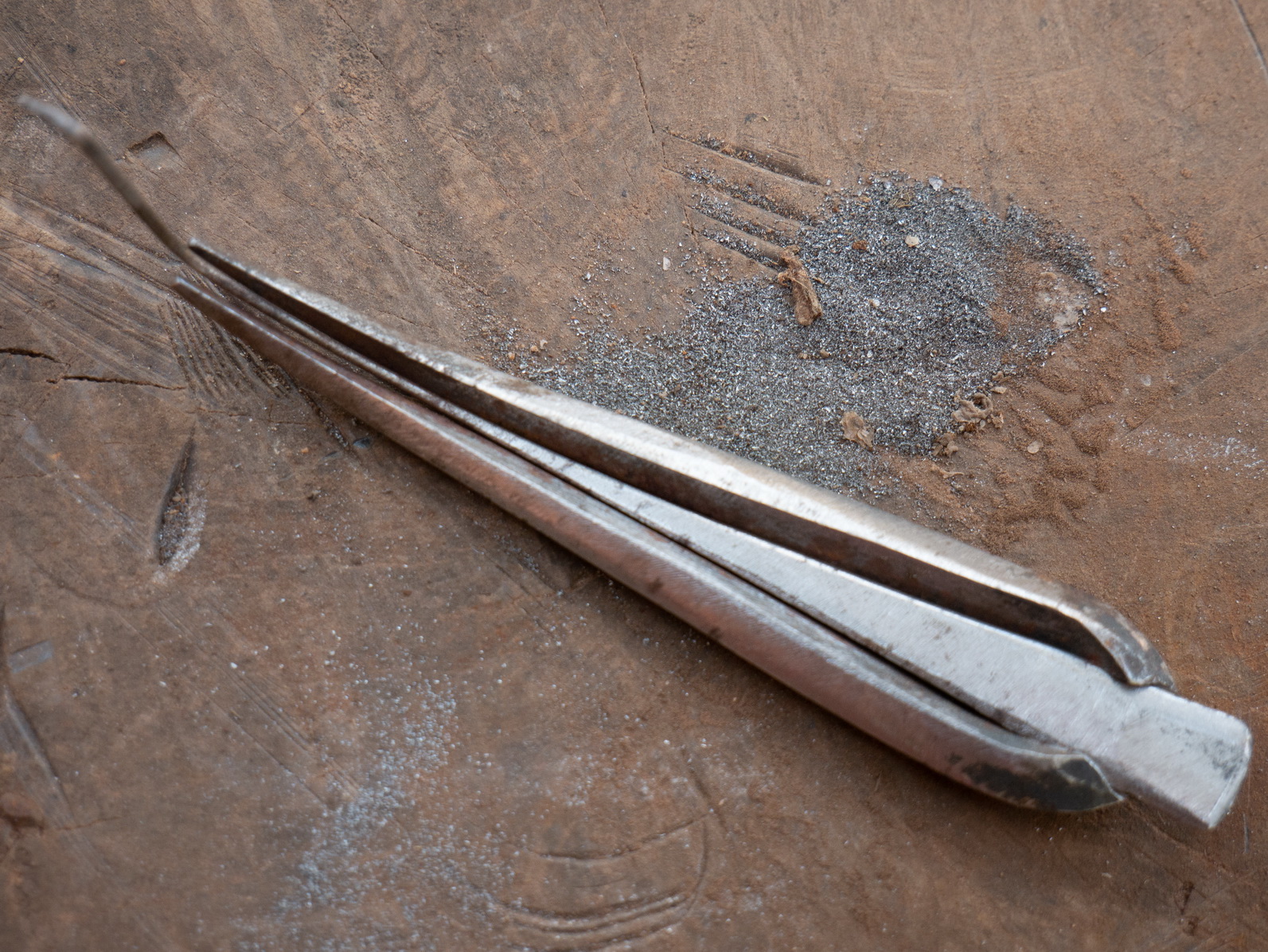
An Angkuoch Daek (iron Jew’s harp) made by BIN Song. Photo: Catherine Grant, 8 January 2020.
The project team is working with two rural village communities in Siem Riep province, where three instrument-makers have recently been identified. In Srah Srang Khang Choeung Village, Master KRAK Chi (69 years old) and his sons CHI Chen and CHI Monivong produce angkuoch russey.
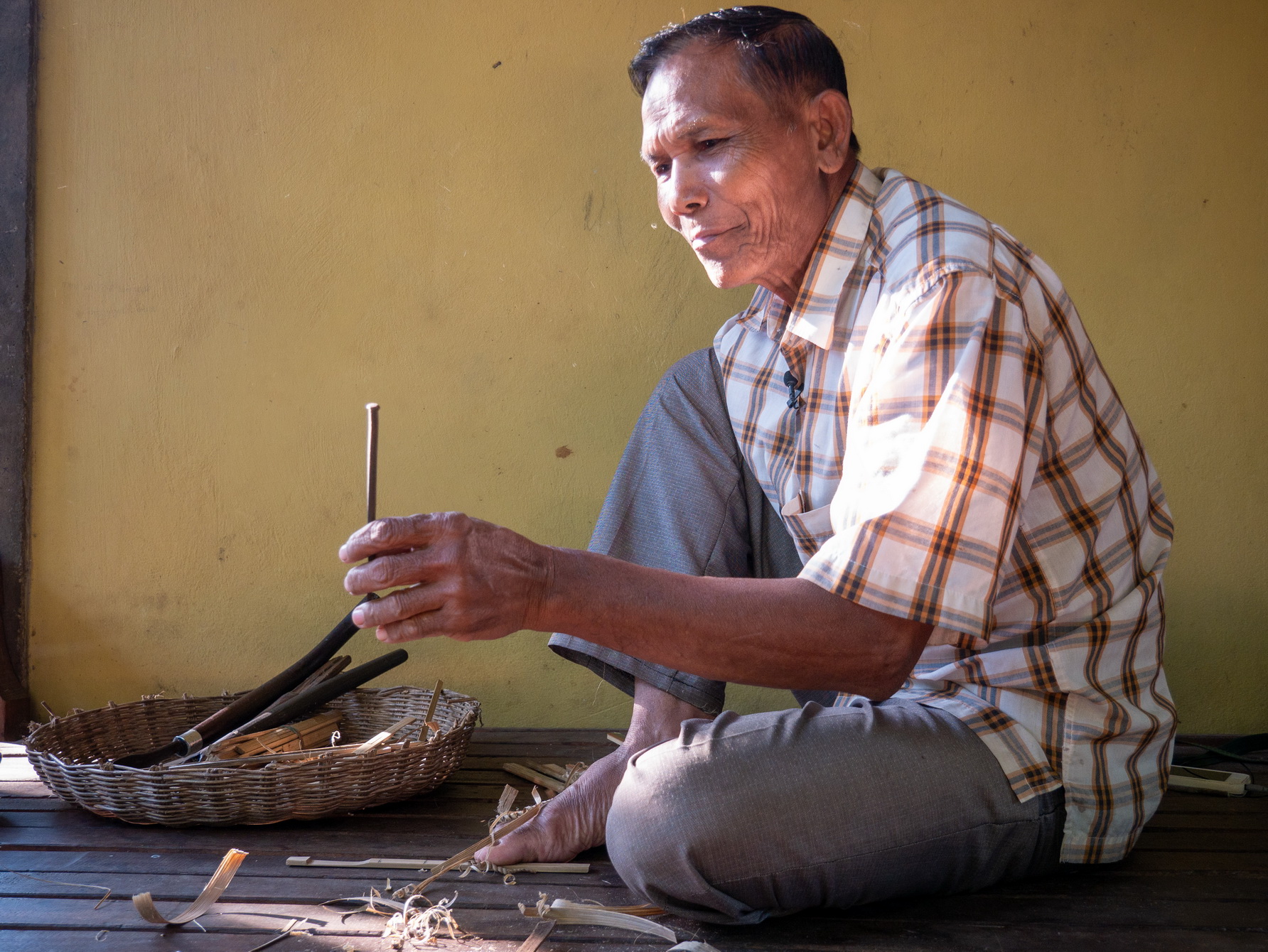 KRAK Chi making Angkuoch Russey (bamboo Jew’s harp). Photo: Catherine Grant, 5 January 2020.
KRAK Chi making Angkuoch Russey (bamboo Jew’s harp). Photo: Catherine Grant, 5 January 2020.
Krak Chi also plays the Angkuoch Russey.
 VIDEO KRAK Chi playing Angkuoch Russey (bamboo Jew’s harp). Video: Thon Dika, 5 January 2020.
VIDEO KRAK Chi playing Angkuoch Russey (bamboo Jew’s harp). Video: Thon Dika, 5 January 2020.
In Prea Kor Thmey Village lives BIN Song (78), who makes angkuoch daek, and is possibly the only remaining living maker of the instrument. His childhood friend SON Soeun, also 78, is the only person the project team could identify who can still play the instrument.
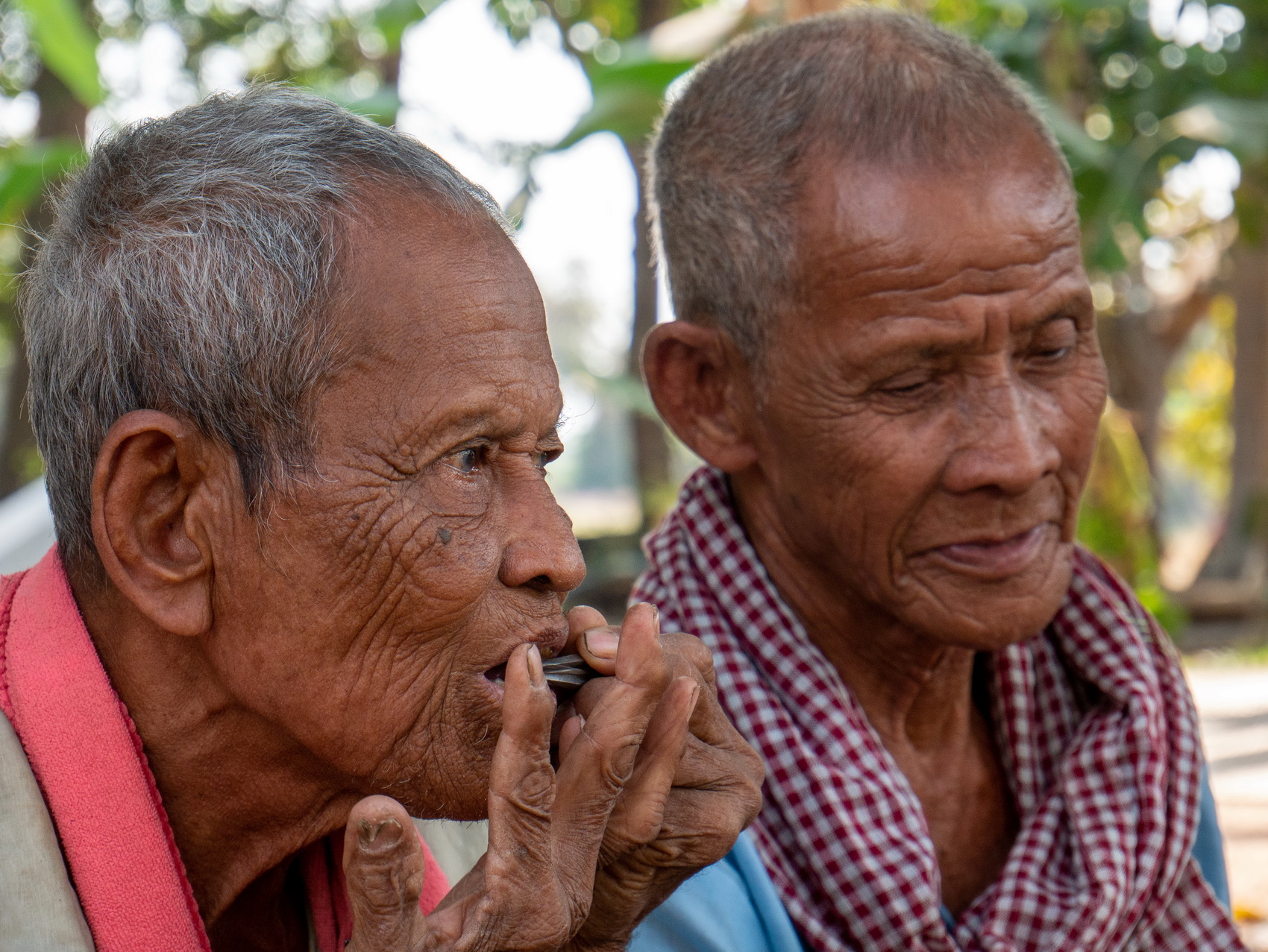 SON Soeun playing Angkuoch Daek (iron Jew’s harp), with his childhood friend, instrument-maker BIN Song. Photo: Catherine Grant, 11 January 2020.
SON Soeun playing Angkuoch Daek (iron Jew’s harp), with his childhood friend, instrument-maker BIN Song. Photo: Catherine Grant, 11 January 2020.
A key outcome of the project will be a 20-minute video-documentary in Khmer with English subtitles. The project team is also generating in-depth digital documentation including photographs, audiovisual recordings, and an illustrated brochure about angkuoch. All materials will be publicly released by October 2020.
Project outcomes will be made freely publicly available through the EMKP Digital Repository of the British Museum. Locally, they will also be made available through the ‘Heritage Hub’ in Siem Riep province and the national audio-visual archive Bophana Center in Phnom Penh.
UNESCO Cambodia is generously funding a public launch event for the video documentary at the Heritage Hub in Siem Riep later this year. The participating instrument-makers and people from their villages will be invited to attend. All welcome.
Contact: Catherine Grant - catherine.grant@griffith.edu.au


